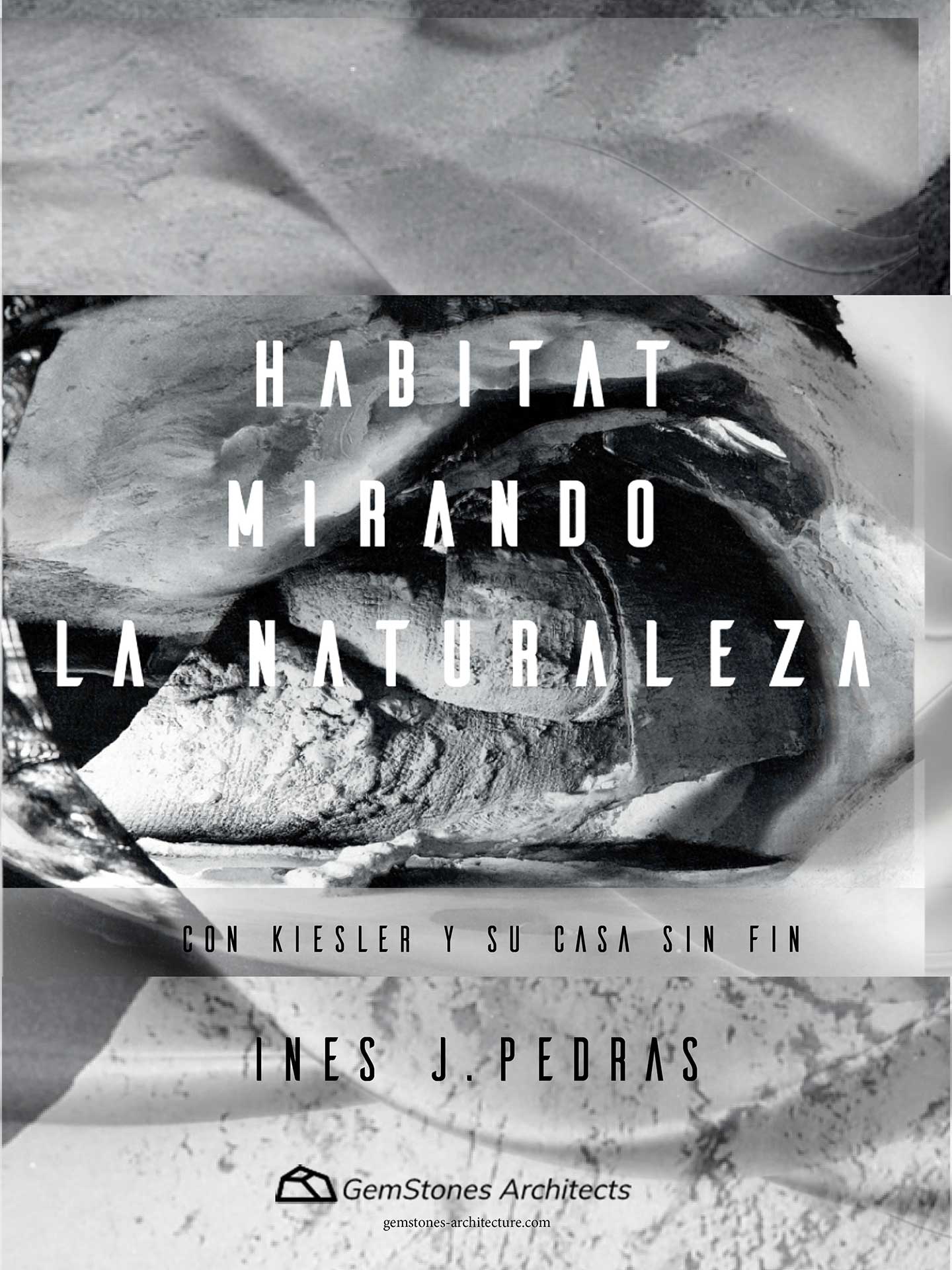
By INES J. PEDRAS
THE ARCHITECTURAL- ARTISTIC FIGURE OF FREDERICK JOHN KIESLER WITH HIS ENDLESS HOUSE.
This book encapsulates the approach to habitat as an entity inscribed in nature and exemplified by a review of the work of Frederick J. Kiesler (architect and artist). It is especially timely due to the moment of crisis that contemporary architecture is going through.
Also, the circumstances that the planet Earth is living
On the one hand, destructive constructions, market processes, artificial materials and an endless number of economic and social circumstances have led to the decline of resources and an unsustainable and terrible system.
On the other hand, problems such as climate change or architecture far from its most important determining factor for the future. Reading and understanding this artist is appreciated how his concerns are really a current issue.
His feelings and live throughout the book, described here, make you to participate in this global understanding of what «being» a house refers to. The habitat wich comprise spatial qualities in where architectural interdisciplinarities helps us to live and connect.
Where is architecture headed to?
What is the line that separates Architecture from Art?
Surely, towards changes in the nature of architectural practice with innovation.
Questions and answers arise throughout the book.
Is «the Endless House» really a House that has no end?
Are we human or have we forgotten?.
«We often forget … that we are nature. Nature is not something separate from us. So when we say that we have lost our connection with it, we have lost the connection with ourselves. «
«Habitat looking at Nature» tries to answer these philosophical reflections. Furthermore, questioning the established rules, that it was precisely what Kiesler himself wanted us to do…


The first point the book starts
It starts with nature. As mentioned before, we often forget that we are part of it. When we lose connection with Mother Nature, we lose our connection with ourselves.
Because of that, the book has a strong context observing how living beings behave, and the means they use to inhabit.
The interest is in the reflection of thanking the use of materials. The conditions that it offers us since, as architects, we could rethink a much less aggressive way of building.
For example, a spider, have a lot of resemblance to architects or engineers in terms of spatial integration and sensitivity to the elements around us.
The writing is a reflection on the human habitat from this first natural point. For this, the research roots of it will start to introduce the architectural figure of Frederick Kiesler.
About Kiesler
An author, who due to his great interest and visionary mentality, was the teacher of an entire anthropomorphic and creative culture.
The mission, in turn, to make it something better known to my generation, since it has been very little studied by the general public.
Endless House
The clearest example of these concepts is reflected by this author with the development of his so-called «Endless House» over the years.
We will investigate his philosophy. His central point of the journey to decipher a project that to this day, is a reality in itself, has become endless.
Kiesler, believed in technology applied by the environment, also in art. He developed different sketches, all with great freedom in the layout for this house.
With this, he subsequently influenced utopian ideas and served as a union of the most contradictory philosophical impulses of the 20th century.
Feel free to know more (Spanish version) here:


